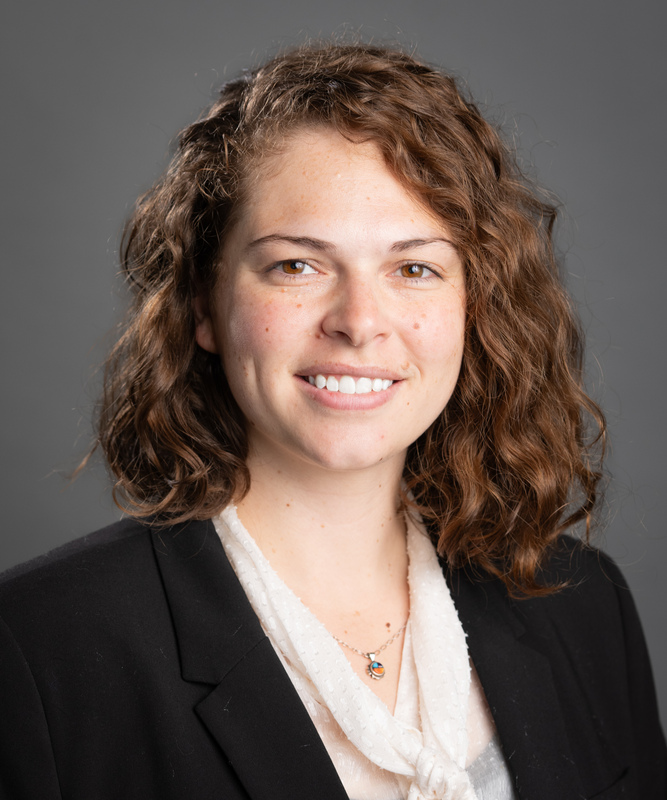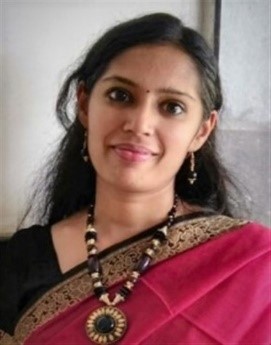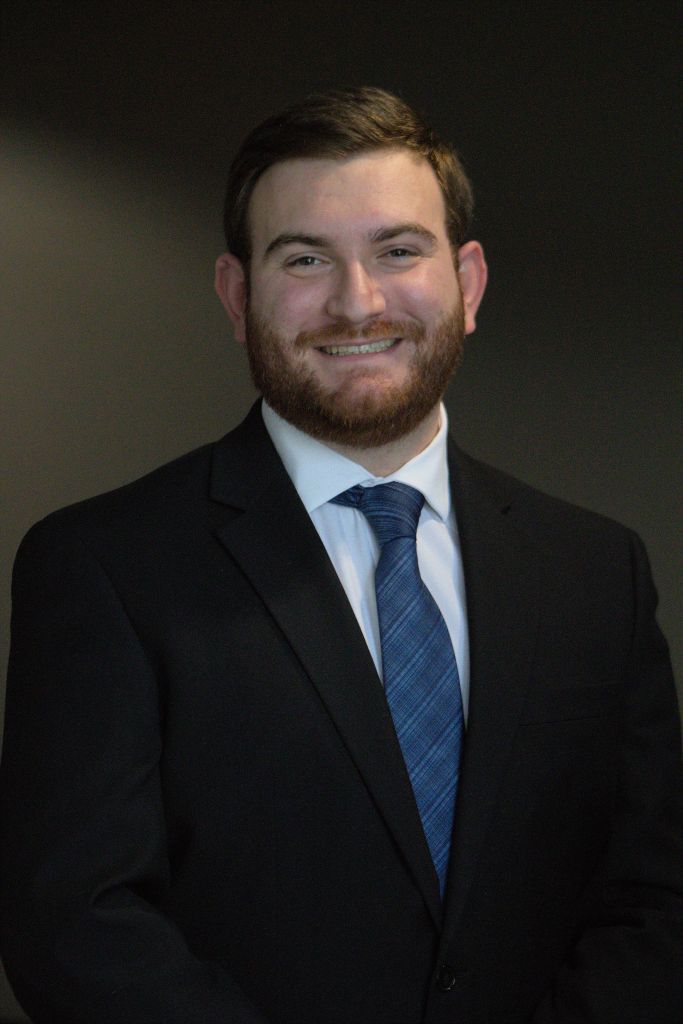Margaret Walker and Joshua Hauser
It was well past sunset, and I had just returned to my quiet apartment. I sat at my kitchen table with tears tumbling down my cheeks. I tried to name the feeling of inner turmoil as I simultaneously attempted to understand my role as a student and a healthcare provider. I was midway through my third year of medical school on an inpatient internal medicine rotation, and I was tasked with “following” the care of Ms. X. She was in constant pain from severe post-herpetic neuralgia. Her situation was further compounded by significant distress related to delirium which began to mirror my own distress. None of our medication changes had provided her with relief, and I listened to her cry and lash out against staff members. The fact that the resident and attending physicians were ultimately responsible for her care did not mitigate my feelings of helplessness. As I have progressed through my medical training, the patients and clinical scenarios have changed, but the feelings of tension and stress often remain as I care for patients with complex medical issues without clear solutions.
Any of us — students, physicians and other healthcare professionals — may not realize when or even how to ask for help dealing with this type of stress. This patient was the first to show me that we (healthcare providers) often cloak our own distress, and our subsequent requests for support, in the day-to-day activities of medical care. Naming and defining this form of stress when caring for medically complex patients remains challenging, especially when the path forward isn’t clear.
Many names have been given to this form of stress including burnout, secondary stress, and even moral distress [1]. The original definition of moral distress described by Andrew Jameton in 1984 is “knowing the morally correct course of action but being unable to carry it out due to external or administrative constraints” [2]. Moral distress has been studied extensively in nursing, but to a lesser extent in physicians or physician trainees. Often as a trainee, one may feel a sense of uncertainty regarding the care of patients while still feeling the moral weight of “doing no harm.” A revised and broadened definition of moral distress in healthcare was proposed by Carina Fourie to account for a sense of uncertainty; “moral distress can be described as a psychological response to morally challenging situations” [3]. Regardless of the terminology, the fact remains that, many hospital-based care teams do not realize when they are asking for help with their personal distress.
It was on my palliative medicine elective as a medical student that I was first struck by the number of consults acting as subtle signals of teams’ distress. Turning to my mentor, Dr. Joshua Hauser, we discussed that many palliative care consults seem to fall into basic categories such as, “help with symptoms,” “assess goals of care,” and “assess a patient’s decision making capacity.” Yet, beneath many of these consult requests, existed other questions such as “Is the family and/or patient certain they want to pursue this course of treatment?” and “Why am I upset by what’s happening? And what can I do about it?” In the end, it was often the providers, especially medical trainees, who needed support. We noted that the more ambiguous a patient’s “goals of care” or the more severe a patient’s symptoms, the more the consult seemed to embody a medical team’s own uncertainty and distress.
In medicine, we frequently do not know the absolute “best” course of action. Other times, we may feel that we know the best path, but there is opposition – administrative, logistical, familial, or physiological – that keeps us from doing what we believe to be right. Each of these situations demands additional mental energy and may result in a sense of helplessness. Detecting distress in a medical team may happen by exploring the nature of the consult question, “What are the patient’s goals of care?” posed to a consulting service or simply to our own team. Perhaps this question can be expanded to include “What are our goals as the medical team?” and, “How do we, the medical team, cope with our distress in caring for medically complex patients?” These questions to each other open the door for consulting services and supervising physicians to support medical trainees in addition to the patient.
With regard to Ms. X, I asked my intern, senior resident, and attending a variety of questions analogous to “goals of care.” It was my supervising intern who recognized my moral distress and took time on her day off to find a paper detailing a similar case. She and I talked about the situation, about the lack of a “right” way to handle the case, and the eventual outcome. By acknowledging my discomfort, I was able to better reflect on my role as a medical provider – both what was in my control and what was outside of it. Fortunately, our team had other tools and we were able to cautiously reintroduce opioid pain medication, noting that these medications could exacerbate Ms. X’s delirium. I went to see her the next day, and she told me that she could “just cry due to happiness.” As I think about all the consults we call in medicine, I’ve begun to use these requests as a check on our own needs for support. Ms. X’s situation has helped me to recognize when a request for help for a patient might also signify a request for ourselves.
References:
[1] Zhou AY, Panagioti M, Esmail A, Agius R, Van Tongeren M, Bower P. “Factors Associated With Burnout and Stress in Trainee Physicians: A Systematic Review and Meta-analysis.” JAMA Netw Open. 2020;3(8):e2013761
[2] Jameton A. Nursing Practice: The Ethical Issues. Englewood Cliffs, NJ: Prentice-Hall; 1984:6.
[3] Fourie, C. (2017). Who is experiencing what kind of moral distress? distinctions for moving from a narrow to a broad definition of moral distress. AMA journal of ethics, 19(6), 578-584.

Joshua Houser, MD, is a Professor of Medicine and Medical Education in the Department of Medicine (Palliative Medicine) at the Feinberg School of Medicine, Northwestern University. He is the father of two college-aged children who are also the best teachers he has ever learned from.

Margaret Walker, MD, MPH, is an Assistant Clinical Professor and Hospitalist in the Department of Medicine at the University of Wisconsin Hospital. She enjoys exploring opportunities in medical education while working as a hospitalist with the eventual goal of pursuing subspecialty training in hematology/oncology.










